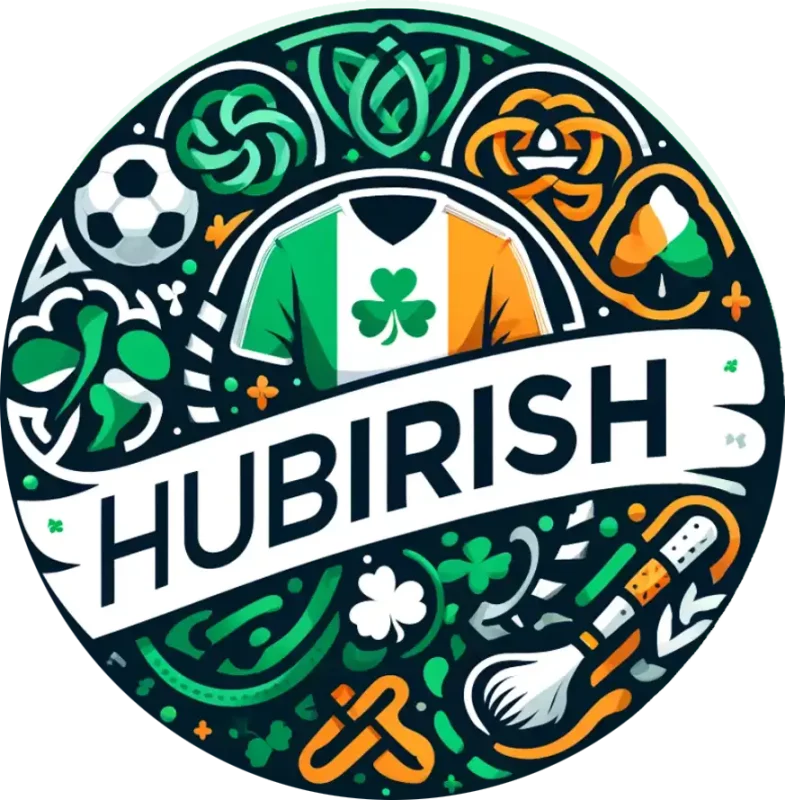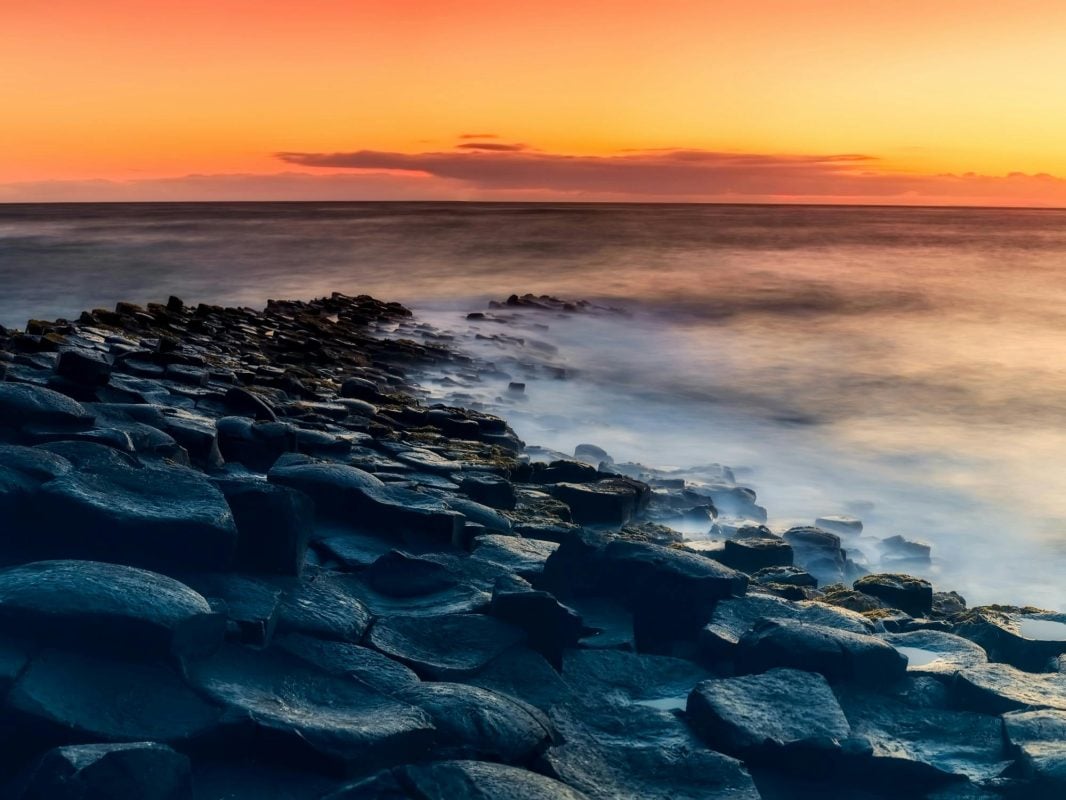Uncategorized
The GAA Match That United a Divided Ireland
The Day the GAA Became a Symbol of Hope: How One Match United a Divided Ireland
Estimated reading time: 5 minutes
Key Takeaways
- The All-Ireland Football Final of 1991 symbolized hope and unity for a divided Ireland.
- Meath’s victory was a cultural milestone, lifting spirits across the nation.
- The GAA continues to foster community and pride among the Irish diaspora today.
Table of Contents
Introduction
The Heart of the Story
The Wider Echo
The Now & The Next
Did You Know?
FAQs
Final Word
Introduction
On a sun-drenched autumn day in 1991, a match played in the heart of Dublin transcended mere sport and unraveled the tapestry of a divided Ireland. The air crackled with anticipation, fervor, and hope, as two rival counties faced off in a spectacle that showcased more than just skill, but the Irish spirit itself—defiant, unyielding, and achingly human.
The Heart of the Story
The All-Ireland Football Final of 1991, featuring the fierce contest between Meath and Dublin, was more than a battle for the Sam Maguire trophy. It was a battle for the very identity of a nation still healing from the wounds of a fraught political landscape. Dublin, the bustling capital and symbol of establishment power, faced off against the underdog Meath, a county steeped in pride and despair. As the ball flew from player to player, hearts swelled across counties from Meath to Kerry, reminding everyone watching that on this field, they were all united. The jubilant chants echoed, a chorus of camaraderie against the backdrop of urban turmoil.
The Wider Echo
In a nation burdened by strife, the excitement of the match ignited a shared sense of belonging. The triumph of Meath that day—its first All-Ireland title in over a decade—was a balm for the wounds of division. It echoed through the streets of Dublin and rattled hearts all the way to the north, as people reflected on their shared culture, history, and love for the game. “Sport has the power to change the world,” said Nelson Mandela, but for that autumn day, it was the essence of Irish resilience against the encroachments of division that truly resonated. This match became not just a game, but a symbol of what Ireland could be—a place of hope rising from the ashes of discord.
The Now & The Next
Fast forward to today, the GAA continues to be a powerful force for unity among the Irish diaspora, forging connections from Boston to Brisbane. Youngsters with dreams of county jerseys resting on their shoulders know that wearing a GAA crest signifies more than allegiance; it embodies hope, community, and pride. As housing crises and societal issues shape modern Ireland, the ethos born on a field in 1991 continues to inspire and galvanize a new generation. They now embody the spirit of resilience, much like their forebears did, proving that sport not only heals but builds bridges across fractures.
Did You Know?
- The All-Ireland Football Final of 1991 had one of the highest attendance rates in history, with over 80,000 fans at Croke Park.
- GAA sports are a significant part of Irish culture, with over 2.3 million people actively participating in clubs across the country.
FAQs
What is the GAA?
The Gaelic Athletic Association (GAA) is Ireland’s largest sporting organization, promoting traditional Irish sports like Gaelic football and hurling across the country and abroad.
How do GAA events foster community spirit?
GAA events bring together people from various backgrounds, offering a space for collective celebration of culture, pride, and often serving as a focal point for local identities within national narratives.
Final Word
So, let us raise a glass and remember that day when hope took to the field, cloaked in green and gold, and united a fractured nation. If you carry the same pride we do, you’ll find a piece of home waiting at
HubIrish.com.

